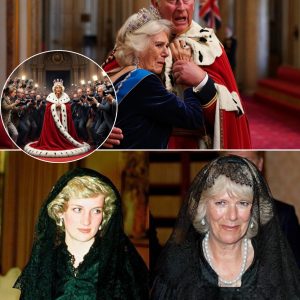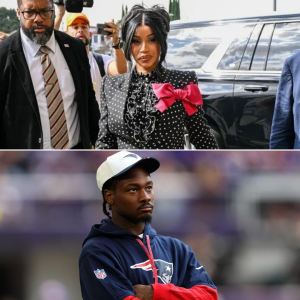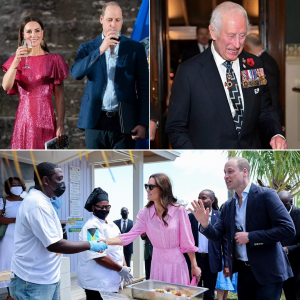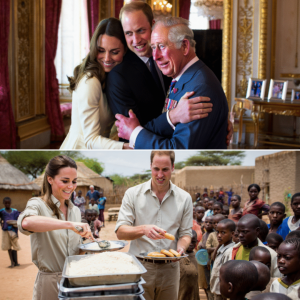The British Royal Family has never been short of tradition, grandeur, or symbolism. But sometimes, the smallest of details tell the biggest story. When comparing the wedding tiaras worn by Kate Middleton in her 2011 marriage to Prince William and Meghan Markle in her 2018 nuptials with Prince Harry, stark differences emerge—differences that many royal observers argue reveal a deeper level of favoritism that has existed from the very beginning.

On her wedding day, Kate Middleton stepped into Westminster Abbey wearing the Cartier Halo Tiara, an exquisite piece dating back to 1936. The delicate, scroll-like design, embedded with nearly 1,000 diamonds, had long been part of the Queen’s private collection. Its history, elegance, and association with a young Princess Elizabeth made it a crown of immense symbolism. For many, it was a clear message from the Queen: Kate was not just marrying William—she was being ushered into the heart of the monarchy.
Seven years later, Meghan Markle, walking down the aisle at St George’s Chapel to wed Prince Harry, wore the Queen Mary Diamond Bandeau Tiara. While undeniably beautiful, it was a far less iconic piece. Though set with a striking detachable diamond brooch, the tiara lacked the rich royal heritage and emotional weight carried by Kate’s choice. Meghan reportedly faced restrictions over her tiara selection, with sources claiming she had requested an emerald tiara but was firmly denied.

Royal watchers at the time dismissed the issue as trivial. But looking back, the symbolism is hard to ignore. From the jewels to the treatment of the brides themselves, the contrast could not be more glaring. Kate, often described as the monarchy’s “golden girl,” received a tiara imbued with royal continuity. Meghan, on the other hand, was offered something seen as secondary, sparking whispers of institutional bias and subtle signals about her standing in the family.
Insiders have since revealed that these choices were not mere happenstance. The Queen herself was said to have personally approved Kate’s tiara with enthusiasm, while Meghan’s request triggered what palace aides later referred to as “Tiara-gate”—a heated behind-the-scenes argument that reportedly involved Harry clashing with courtiers and even the Queen’s dresser, Angela Kelly.

For critics, the incident is a reflection of a much larger pattern. “The tiaras are metaphors,” one royal historian explained. “Kate’s piece symbolized trust, continuity, and belonging. Meghan’s symbolized containment, control, and limits.”
The debate over tiaras has since become one of many flashpoints in the ongoing saga between the Sussexes and the rest of the Royal Family. To Meghan’s supporters, it illustrates the subtle but powerful ways the institution drew lines around her from the start. To Kate’s admirers, it’s simply evidence of her rightful place as future Queen Consort.
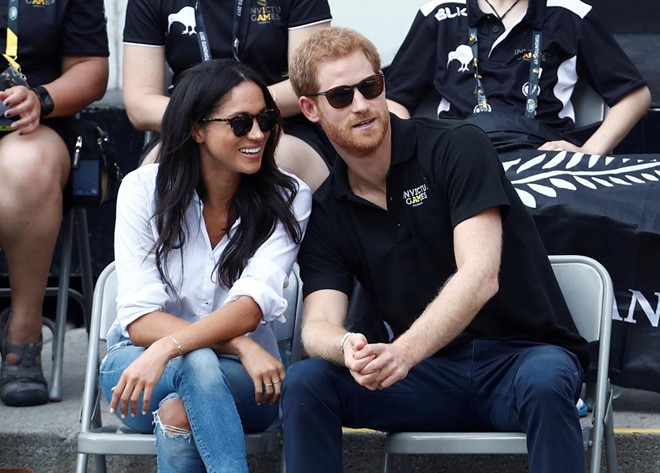
But one thing is clear: even the sparkle of diamonds cannot hide the shadows of favoritism. As royal history continues to unfold, the tale of two tiaras remains a glittering, yet telling, reminder of how much weight the crown still carries—not just on the head, but in the politics of the palace.

